Home>Ideas and Tips>Mediterranean Garden Design to Create a Coastal Oasis
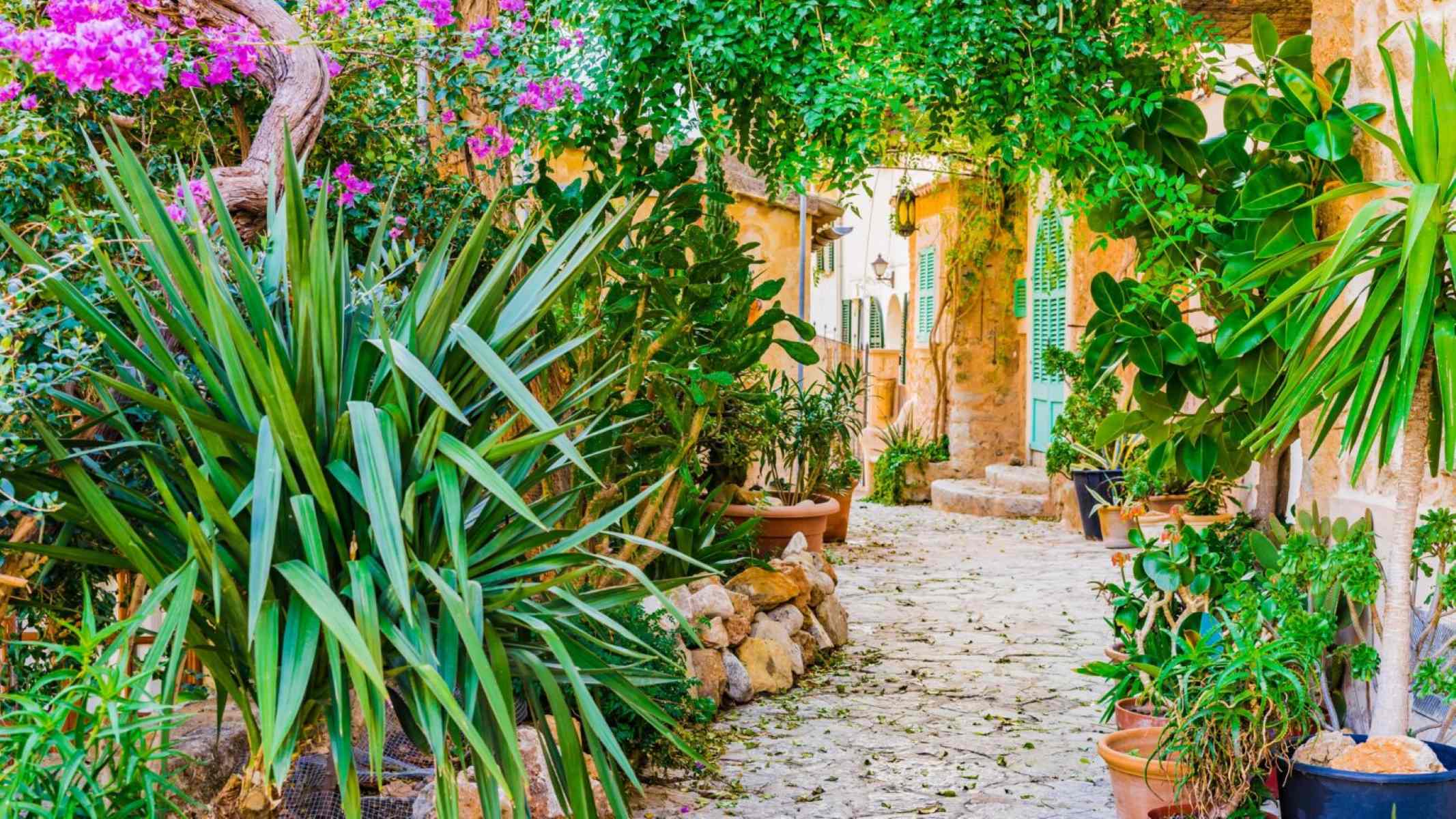

Ideas and Tips
Mediterranean Garden Design to Create a Coastal Oasis
Published: September 22, 2024
Create a serene Mediterranean garden oasis with vibrant plants, water features, and rustic elements. Transform your outdoor space into a coastal paradise.
(Many of the links in this article redirect to a specific reviewed product. Your purchase of these products through affiliate links helps to generate commission for Storables.com, at no extra cost. Learn more)
Mediterranean garden design is renowned for its timeless charm, blending vibrant colors, lush greenery, and exquisite craftsmanship. These gardens have gained widespread appeal among homeowners worldwide for their adaptability to different climates and ability to create a vibrant and flourishing space. In this article, we will delve into the fundamental components of a Mediterranean garden and provide invaluable insights on how to successfully craft one for your outdoor sanctuary.
The Essence of Mediterranean Garden Design
Mediterranean gardens epitomize the essence of the Mediterranean lifestyle: warm, welcoming, and brimming with vitality. These gardens are designed to extend indoor living spaces, focusing on creating intimate and inviting outdoor areas that seamlessly integrate with the natural surroundings. The overall ambiance is serene and inviting, making them perfect for relaxation and entertainment.
Historical Inspiration
The Mediterranean region, which includes countries like France, Spain, Italy, Greece, and Morocco, has a rich architectural history that influences the design of these gardens. Incorporating elements like rustic terracotta pots, colorful tiles, and stucco walls captures that timeless Mediterranean aesthetic. By combining these elements with your personal touch, you can transform your outdoor space into a Mediterranean paradise.
Key Elements of a Mediterranean Garden
Several key elements are essential in creating a Mediterranean garden that exudes warmth and elegance. Let's explore each of these components in detail:
1. Gravel Paths
Gravel paths are an integral part of Mediterranean garden design. They add a rustic aesthetic while serving a functional purpose by retaining moisture in the soil, which is crucial for plant health in hot climates. The various sizes and colors of gravel available can create a unique and visually dynamic path that complements the overall design of the garden.
For example, using larger stone pebbles in shades of beige and gray can add a touch of elegance to the path, while smaller gravel in shades of red and orange can add a pop of color reminiscent of the Mediterranean landscape. This versatility in design allows you to tailor your path to suit your garden's specific style and theme.
2. Potted Plants and Containers
Pots and containers are essential design elements when creating a Mediterranean-style garden. They add personality, charm, and character to any outdoor space, making it feel warm and welcoming. Terracotta pots are the go-to option for a Mediterranean garden due to their rustic, earthenware charm.
Terracotta pots come in various shapes and sizes, from small pots for herbs to large urns for statement plants. When choosing terracotta, opt for unglazed ones as they will develop a beautiful patina with exposure to the elements over time. Additionally, incorporating Cretan-style urns can add a touch of elegance to your design.
3. Water Features
Water features have adorned gardens for centuries and are an essential element in Mediterranean gardens. The region's warm climate beckons for refreshing components, and water is one of the most effective means to accomplish this. Water features help cool the air in hot climates and provide a soothing ambiance.
Common water features include fountains, birdbaths, pools, waterfalls, or misters. The sound of moving water creates a serene atmosphere that invites relaxation and tranquility. This element not only adds visual interest but also attracts wildlife such as birds and beneficial insects.
4. Shade
Places to escape the heat of the sun are essential to Mediterranean landscapes. Pergolas are a common feature that provides shade and an intimate space for outdoor dining or lounging. Other shade features can include courtyards, porches, patio umbrellas, shade cloth, or large trees.
Open structures allow for better air circulation and cooling, making them ideal for hot climates. The shade also creates an inviting ambiance where you can enjoy al fresco meals or simply relax under the shade of a pergola or large tree.
5. Outdoor Living Spaces
Spending time outdoors is an integral part of the Mediterranean lifestyle. Create one or more seating areas to enjoy a cup of coffee or casual al fresco meals. These areas are generally sited underneath shade features such as a pergola or large tree.
Furniture can be as simple as a bench or bistro chair, or more elaborate such as a luxurious outdoor couch sectional or spacious outdoor dining set. Mosaic tiled tables and comfy seating beckon you to unwind and savor life's simple pleasures.
6. Containers
Terracotta clay planters, jars, and urns are classic features of Mediterranean gardens. These containers are typically oversized and used as bold focal points in the landscape. Add a splash of color to a patio, staircase, or gravel terrace by grouping together smaller ceramic or terracotta pots that are planted with pelargoniums and other annuals.
Make sure pots have adequate drainage holes to prevent waterlogged soil. For colder regions, choose frost-proof containers or store them indoors during winter to ensure they remain intact.
7. Stone, Pavers, and Gravel
Mediterranean gardens incorporate materials found in nature such as warm-toned stone for walls, terraces, and paving. Gravel is used for patios, pathways, and as a substitute for water-thirsty lawns. Mosaic patterns are created with stone pebbles or cobbles and were the earliest type of pavement.
The use of natural materials like stone and gravel not only adds texture but also blends seamlessly with the surrounding environment. This natural integration creates a harmonious balance between the garden and its surroundings.
8. Tile
Brightly colored glazed tiles with intricate patterns are used to adorn staircases, walls, and patios. These tiles add a pop of color and create visual interest in your garden design. They also help in reflecting sunlight during the day, which can help in cooling down the area.
Incorporating tiles into your design can add a touch of elegance and sophistication to your Mediterranean garden. The vibrant colors and intricate patterns make them a standout feature that complements the overall aesthetic of the garden.
9. Fragrance
Many Mediterranean plants have fragrant foliage or flowers, including herbs or herb relatives. These include lavender, rosemary, mint, salvia, jasmine, and honeysuckle. These plants not only add beauty but also infuse the air with fragrant scents.
The scent of fragrant herbs like lavender and rosemary will permeate your garden, uplifting your mood and soothing your senses. This sensory experience enhances the overall ambiance of your garden, making it even more inviting and relaxing.
Designing Your Mediterranean Garden
Designing a Mediterranean garden necessitates meticulous planning and thoughtful deliberation. Here are some steps to help you get started:
1. Choose Your Color Palette
Embrace the serenity of the colors of the natural environment around you. Think of the sun, sea, sand, and rocks, and choose colors that reflect the warmth and beauty of these elements. The best color palette for a contemporary Mediterranean landscape includes shades of blue, green, purple, and gray with accents of warm reds, oranges, and yellows.
Consider using muted colors that will help create a calm and relaxing atmosphere. This color scheme will ensure that your garden exudes warmth without being too bold or overwhelming.
2. Select Drought-Tolerant Plants
Drought-resistant plants are an excellent choice for a Mediterranean garden as they offer numerous benefits. Not only do they require less water but also demand minimal maintenance and are often resilient in challenging weather conditions.
Plants like lavender, rosemary, and succulents are perfect for creating a serene ambiance in your garden. The scent of fragrant herbs like lavender and rosemary will permeate your garden, uplifting your mood and soothing your senses.
3. Incorporate Water Features
Water features are essential in creating an inviting outdoor space. They help cool the air in hot climates and provide a soothing ambiance. Common water features include fountains, birdbaths, pools, waterfalls, or misters.
The sound of moving water creates a serene atmosphere that invites relaxation and tranquility. This element not only adds visual interest but also attracts wildlife such as birds and beneficial insects.
4. Create Shaded Seating Areas
Seating areas are indispensable in Mediterranean gardens. Even if you’re designing for a small Mediterranean-style patio, take the time to plan out the seating arrangement. Pergolas are the perfect addition, providing a decorative structure that invites you to linger in its shade.
With an inviting seating area and a pergola to shelter you, your outdoor dining experience is transformed. Let your Mediterranean garden become an extension of your home where you can enjoy casual al fresco meals or simply relax under the shade.
5. Use Raised Beds
Raised beds are a gardener’s dream, providing the perfect opportunity to create well-drained sites that Mediterranean plants love. They also break the monotony of flat Mediterranean-style courtyards, showcasing plants at their best and making gardening a breeze.
Raised beds allow for more efficient irrigation, improved soil quality, and pest control. So why settle for a flat garden when you can add a touch of height and depth with raised beds?
Tips for Creating Your Own Mediterranean Oasis
Creating your own Mediterranean oasis requires careful planning and attention to detail. Here are some tips to help you get started:
1. Start with a Clear Vision
Before you begin designing your garden, it’s essential to have a clear vision of what you want to achieve. Think about the style and theme you want to incorporate into your garden. Consider the natural materials like stone and gravel that will blend seamlessly with the surrounding environment.
2. Choose the Right Plants
Select plants that are drought-resistant and can thrive in hot climates. Plants like lavender, rosemary, and succulents are perfect for creating a serene ambiance in your garden. These plants not only add beauty but also infuse the air with fragrant scents.
3. Incorporate Water Features Wisely
Water features are essential in creating an inviting outdoor space. However, they should be incorporated wisely to avoid overwhelming the garden. A small fountain or birdbath can add visual interest without dominating the space.
4. Use Natural Materials
Mediterranean gardens incorporate materials found in nature such as warm-toned stone for walls, terraces, and paving. Gravel is used for patios, pathways, and as a substitute for water-thirsty lawns.
The use of natural materials like stone and gravel not only adds texture but also blends seamlessly with the surrounding environment. This natural integration creates a harmonious balance between the garden and its surroundings.
5. Add Fragrance
Many Mediterranean plants have fragrant foliage or flowers, including herbs or herb relatives. These include lavender, rosemary, mint, salvia, jasmine, and honeysuckle.
These plants not only add beauty but also infuse the air with fragrant scents. The scent of fragrant herbs like lavender and rosemary will permeate your garden, uplifting your mood and soothing your senses.
Conclusion
Creating a Mediterranean garden is not just about designing an outdoor space; it’s about crafting an inviting oasis that reflects the essence of the Mediterranean lifestyle. By incorporating elements like gravel paths, potted plants, water features, shade structures, outdoor living spaces, containers made from terracotta clay planters jars urns stone pavers gravel tile fragrance drought-tolerant plants raised beds you can transform your backyard into a tranquil paradise perfect for relaxation entertainment.
Remember meticulous planning thoughtful deliberation are key to achieving this timeless yet modern aesthetic that will leave you and your guests in awe every time they step foot into your newly designed Mediterranean oasis.
By following these guidelines and incorporating these elements into your garden design you can create an inviting coastal oasis that embodies all that is beautiful about Mediterranean garden design. Whether you’re looking to transform your backyard patio or simply want to add some Mediterranean flair to your existing garden these tips will help guide you through the process ensuring that every detail contributes towards creating an enchanting outdoor sanctuary that reflects both functionality elegance making it truly unforgettable experience for years come
Was this page helpful?
At Storables.com, we guarantee accurate and reliable information. Our content, validated by Expert Board Contributors, is crafted following stringent Editorial Policies. We're committed to providing you with well-researched, expert-backed insights for all your informational needs.
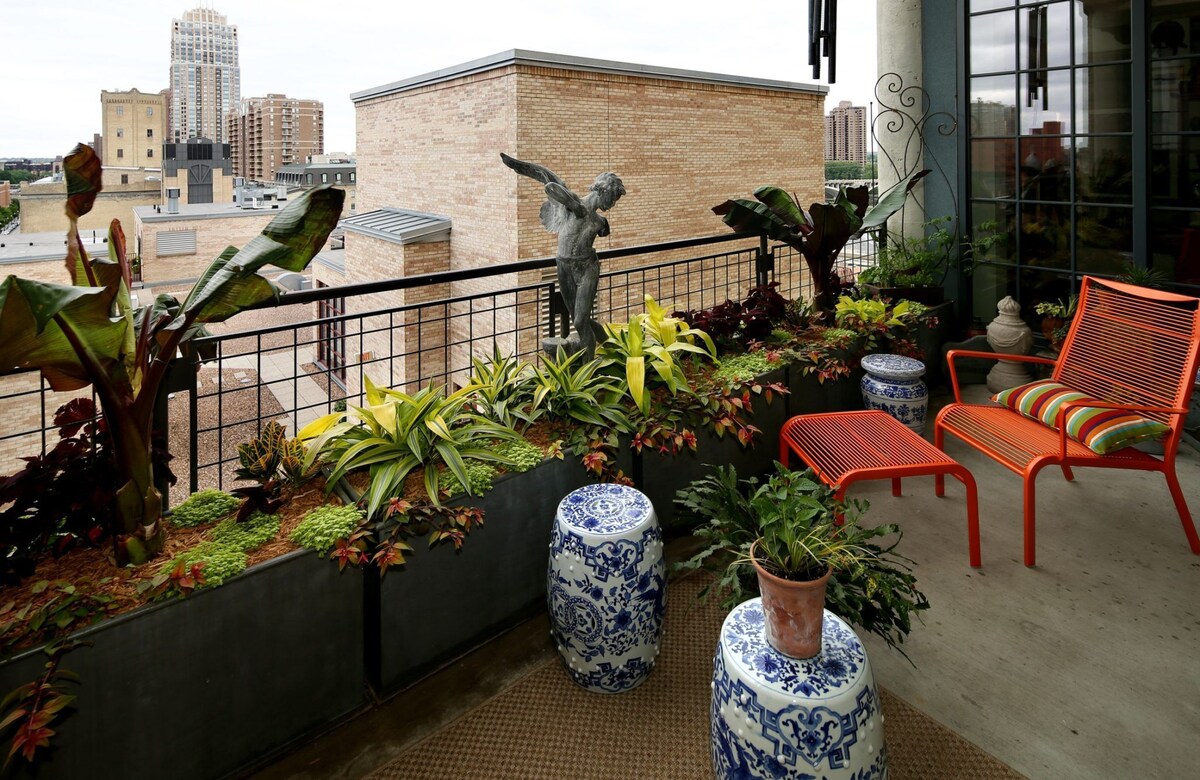
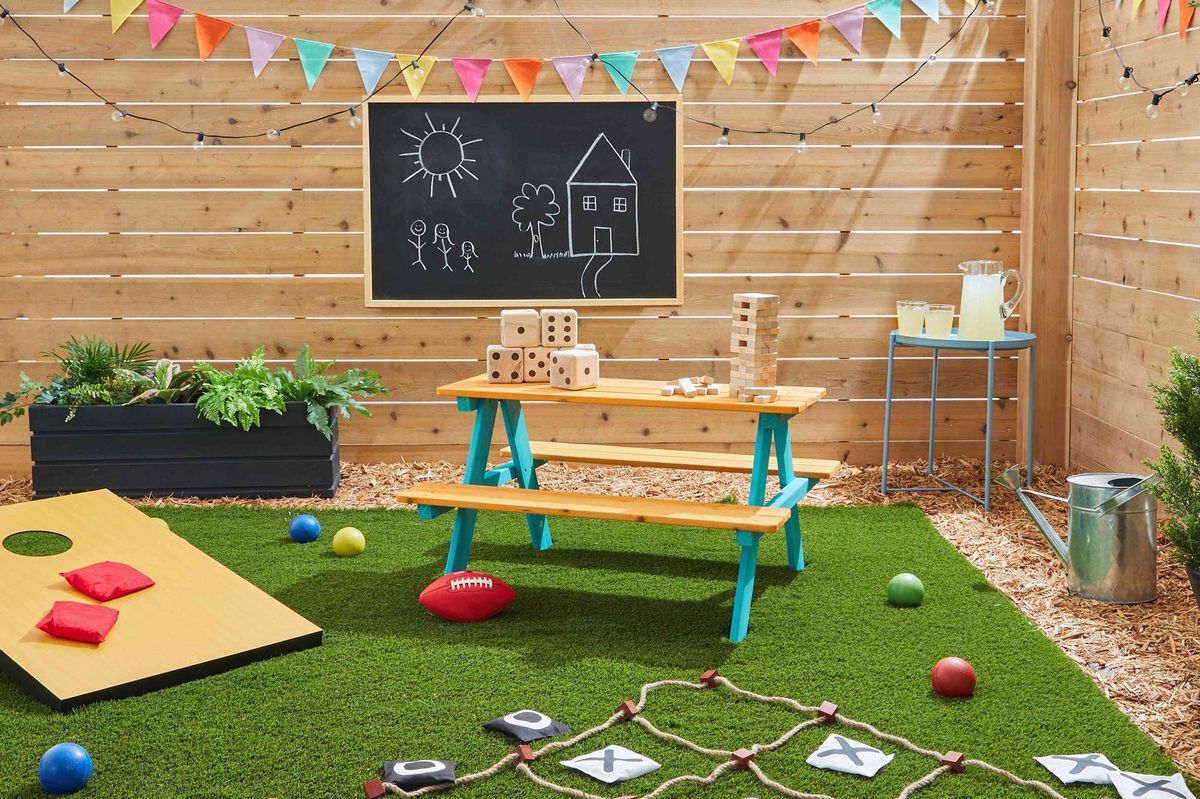
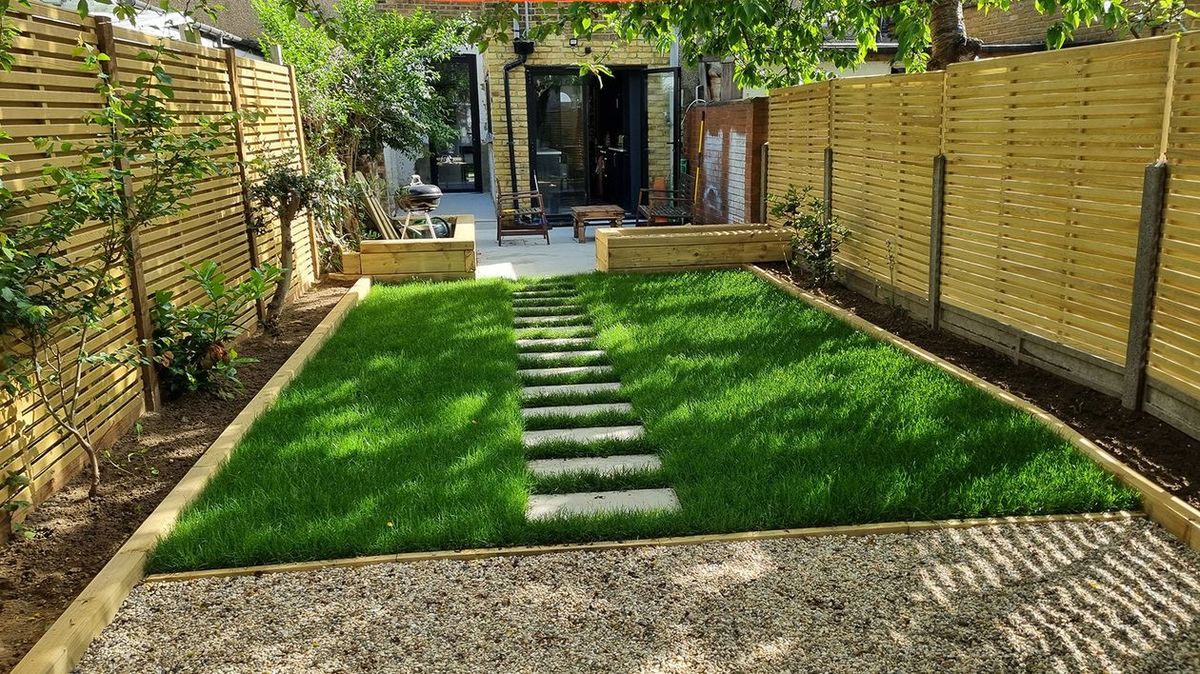
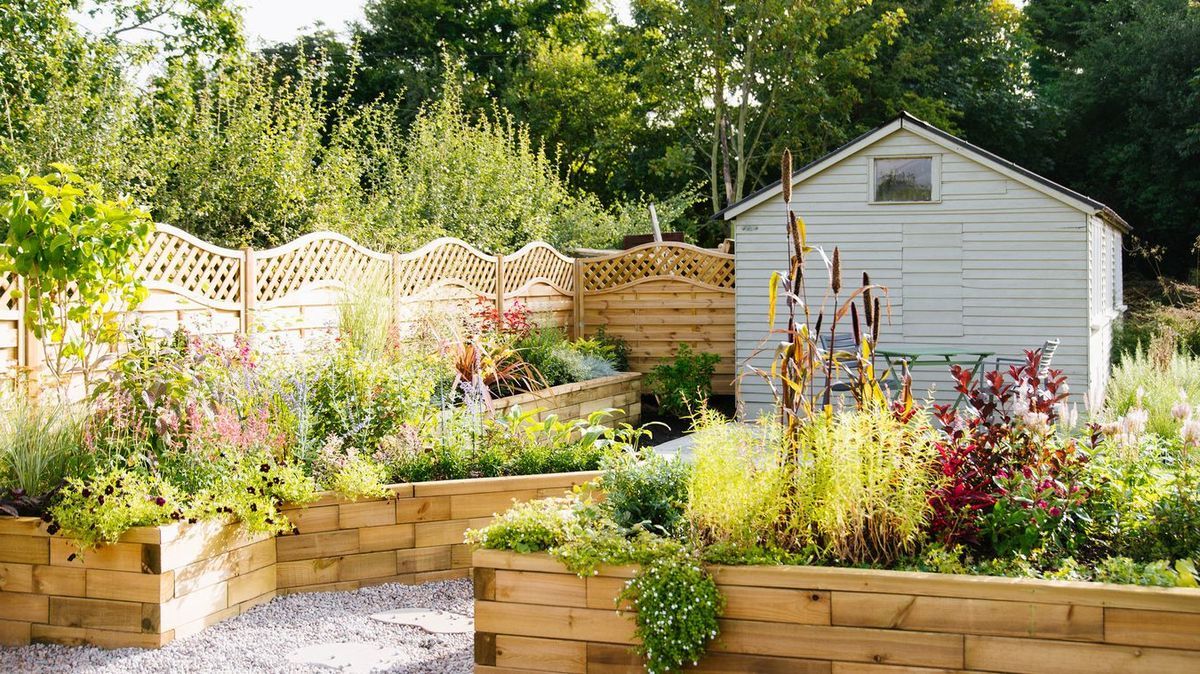
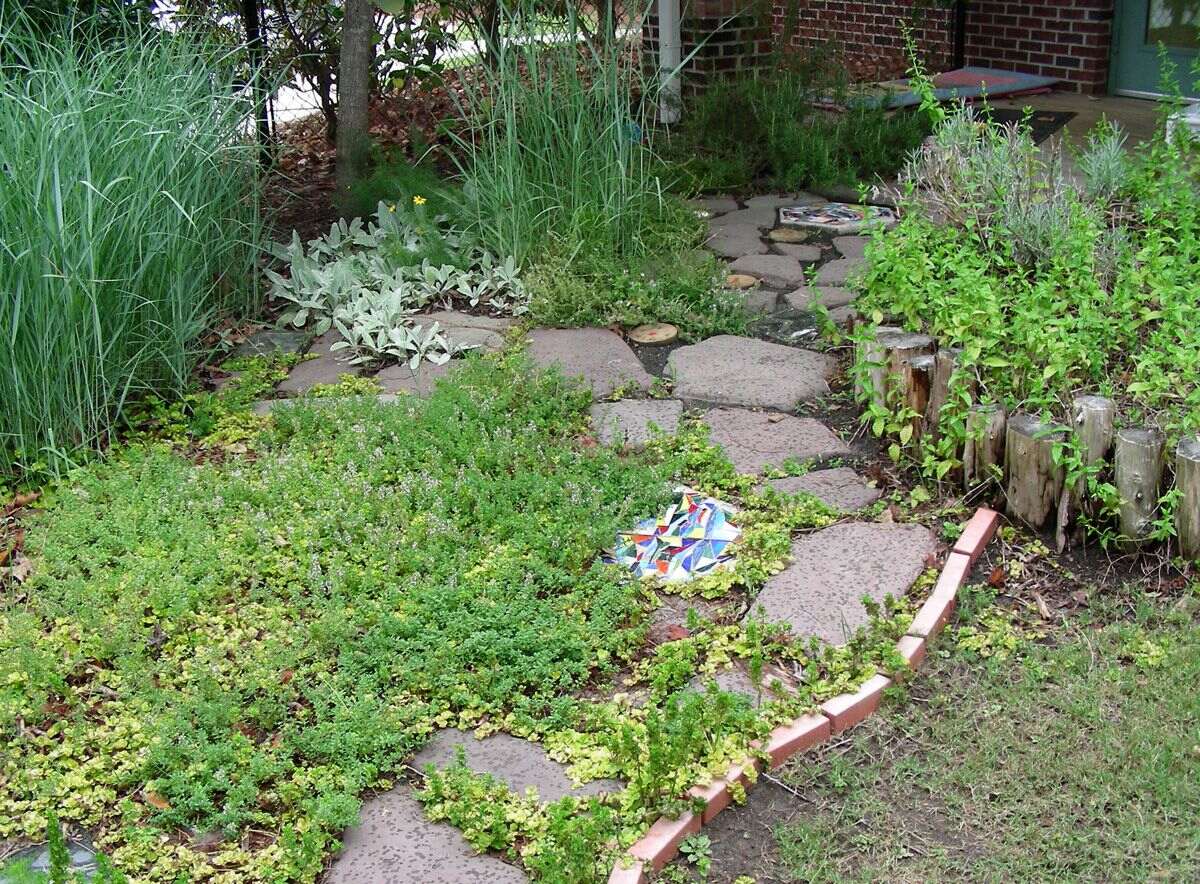
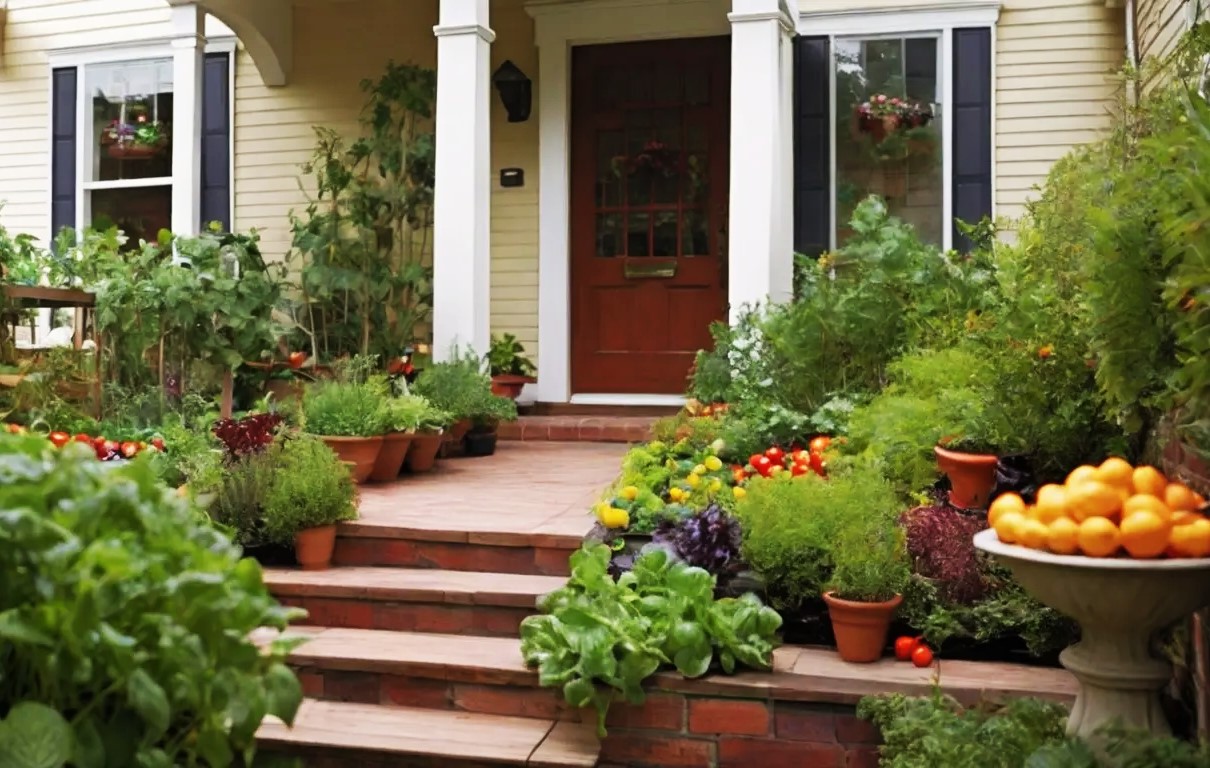
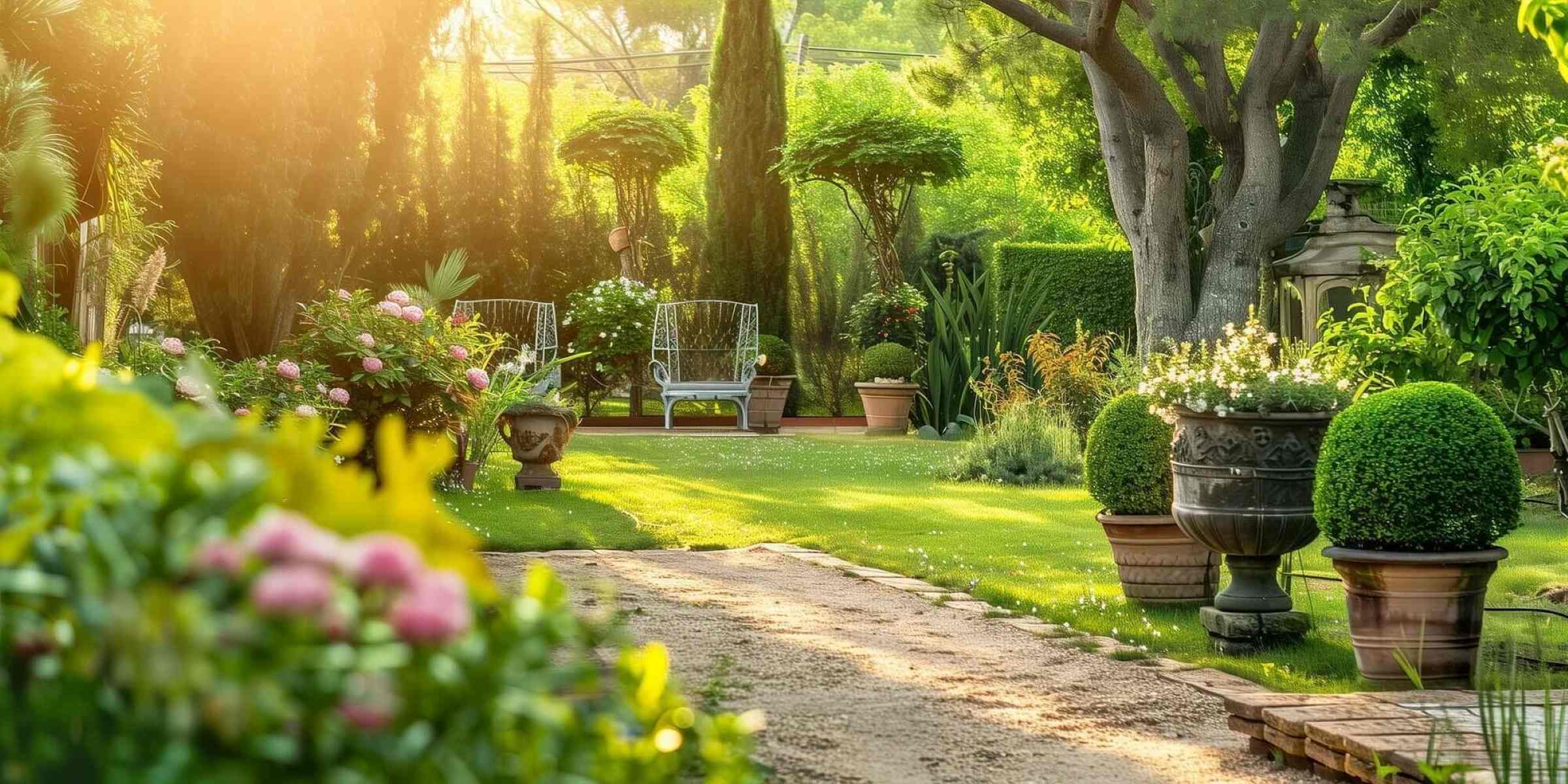
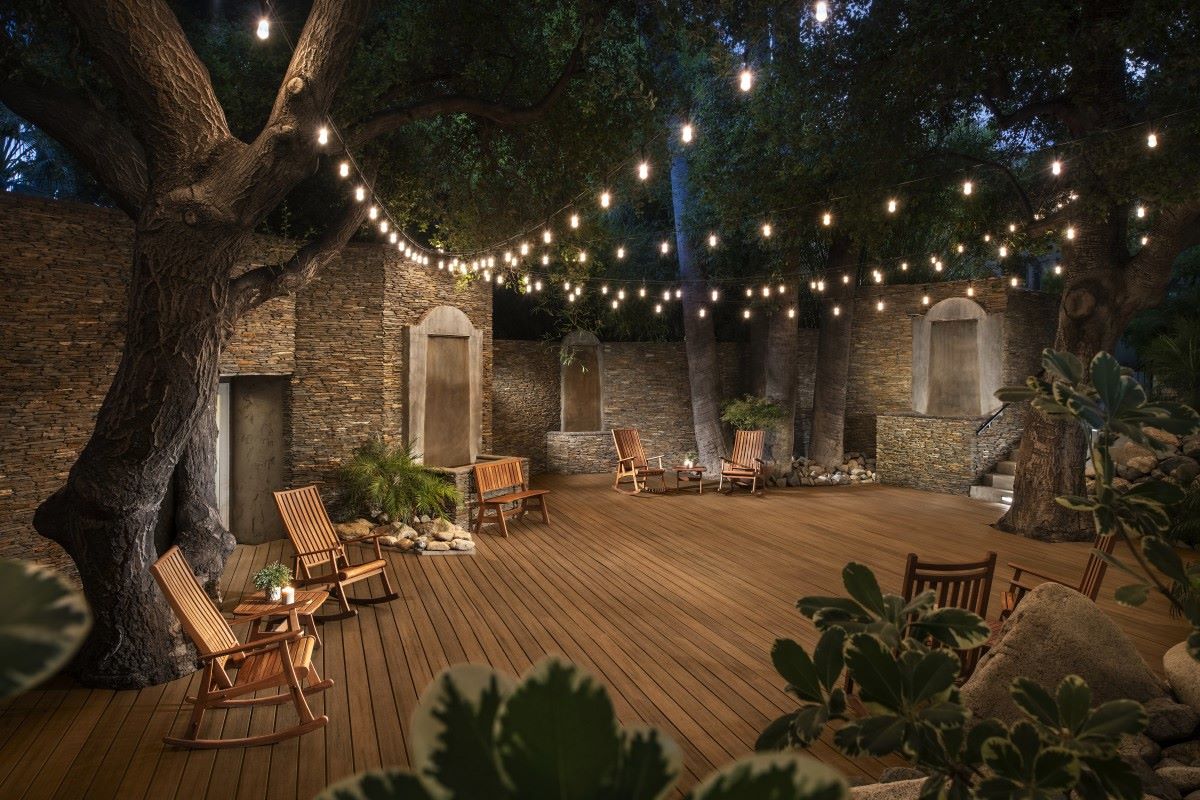
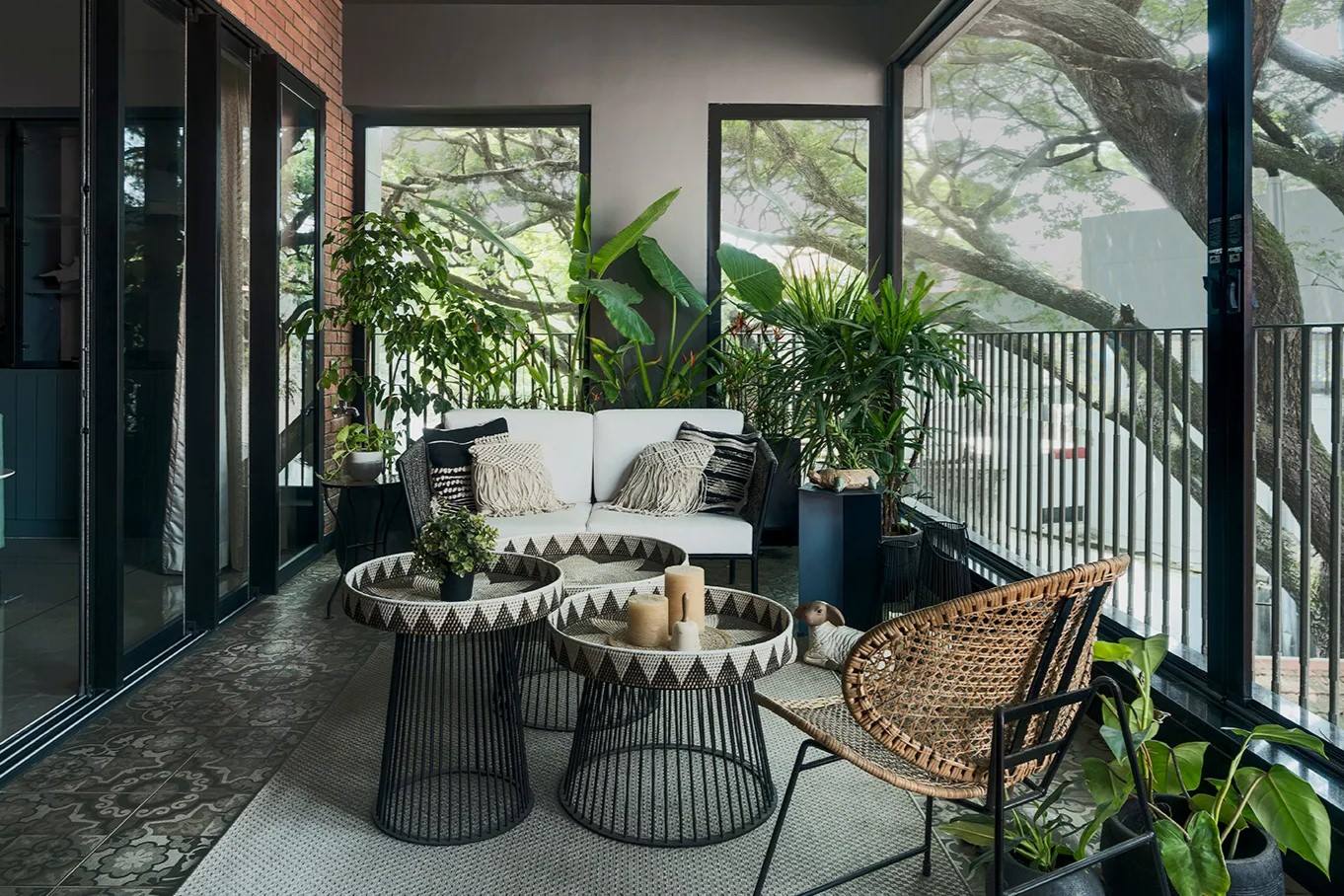
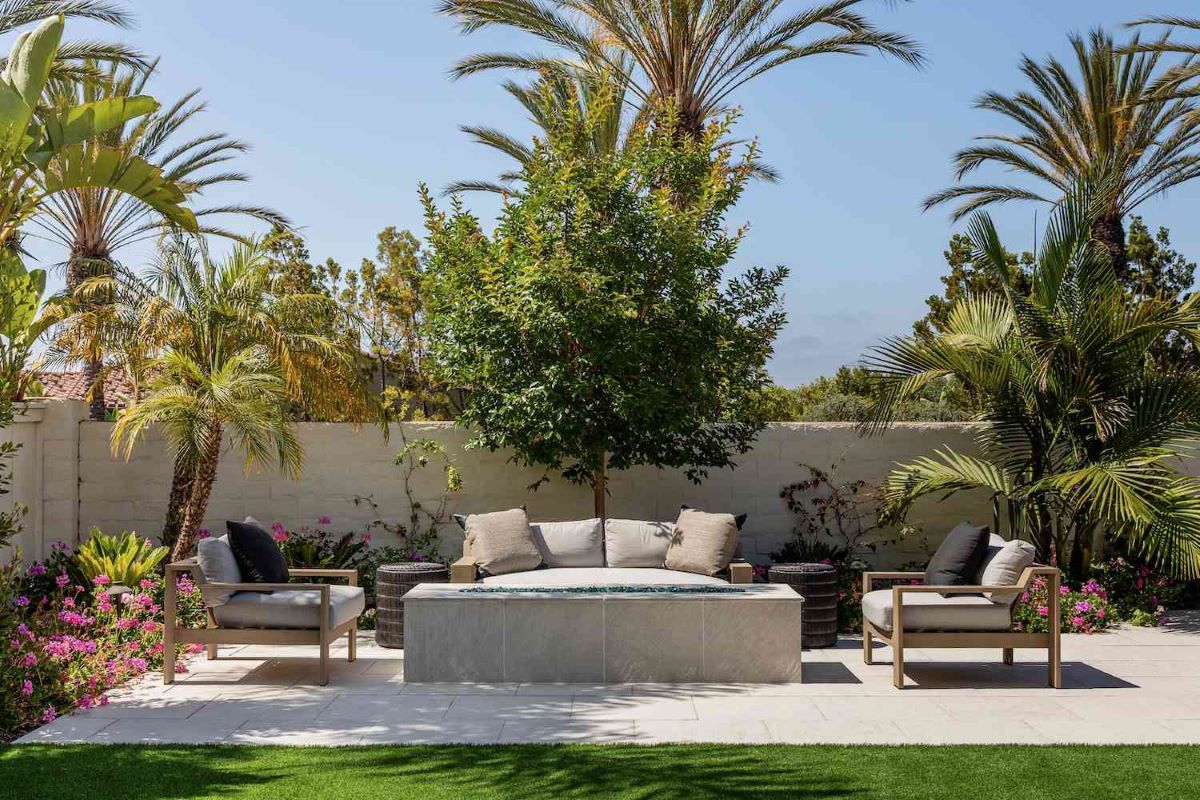
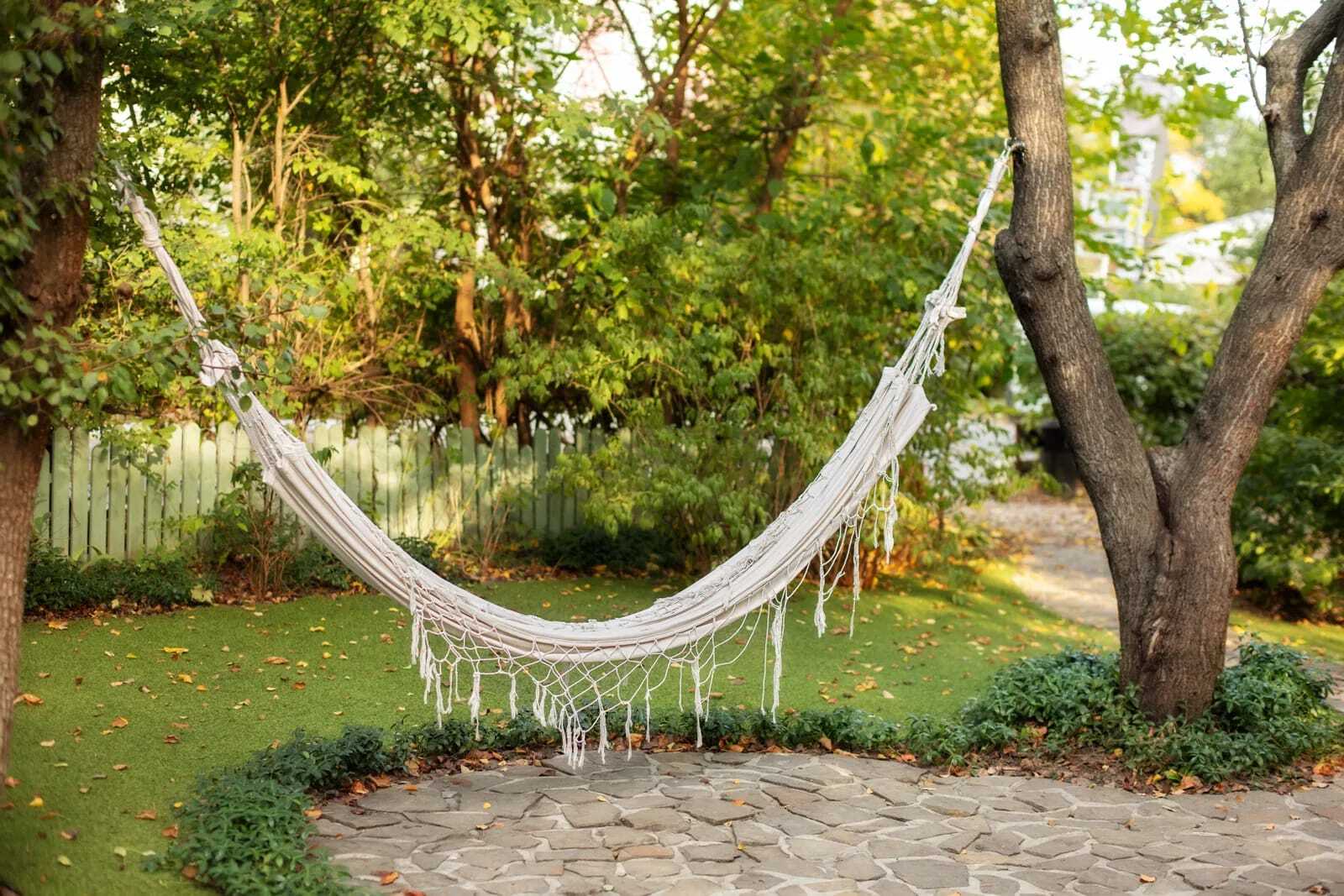
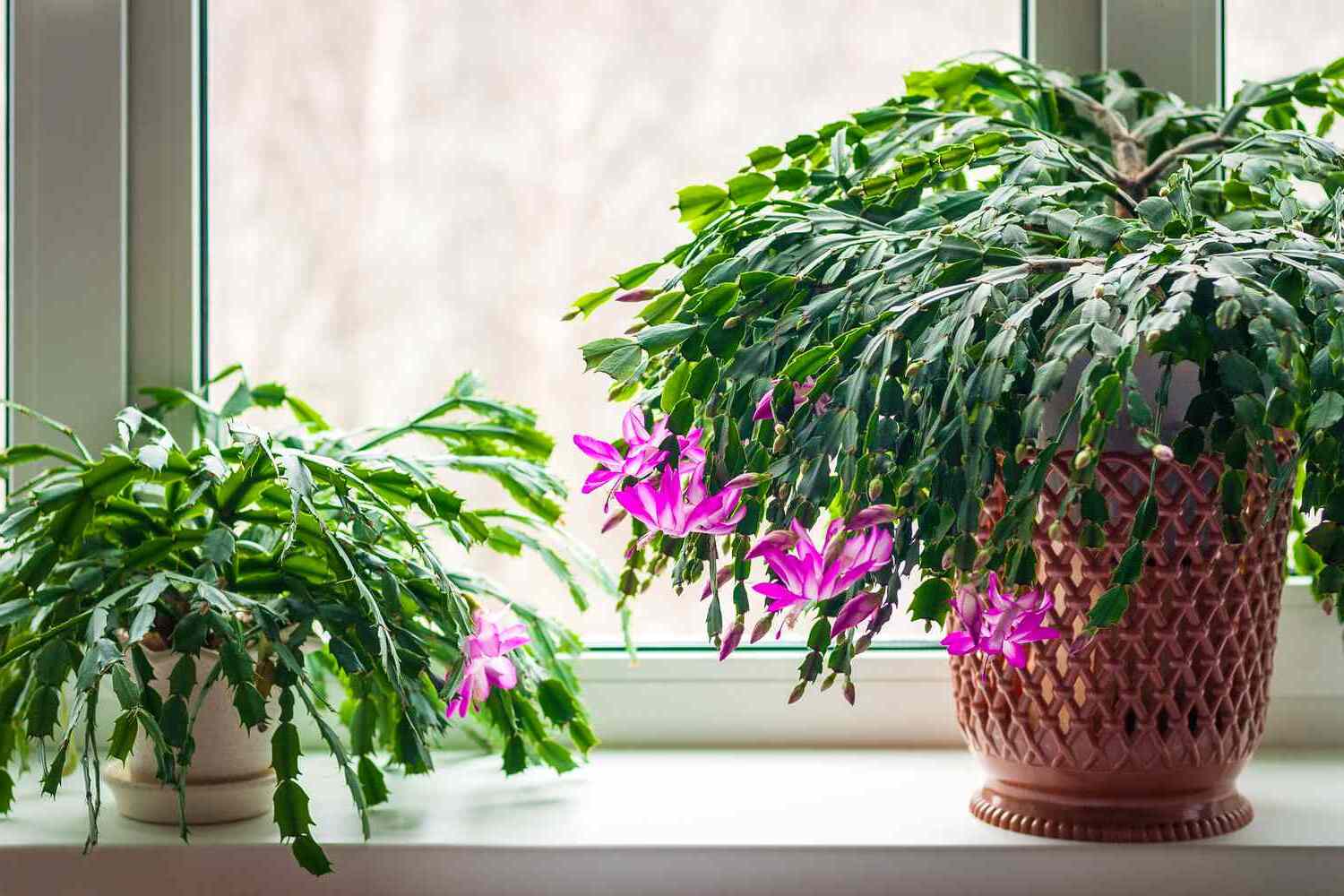
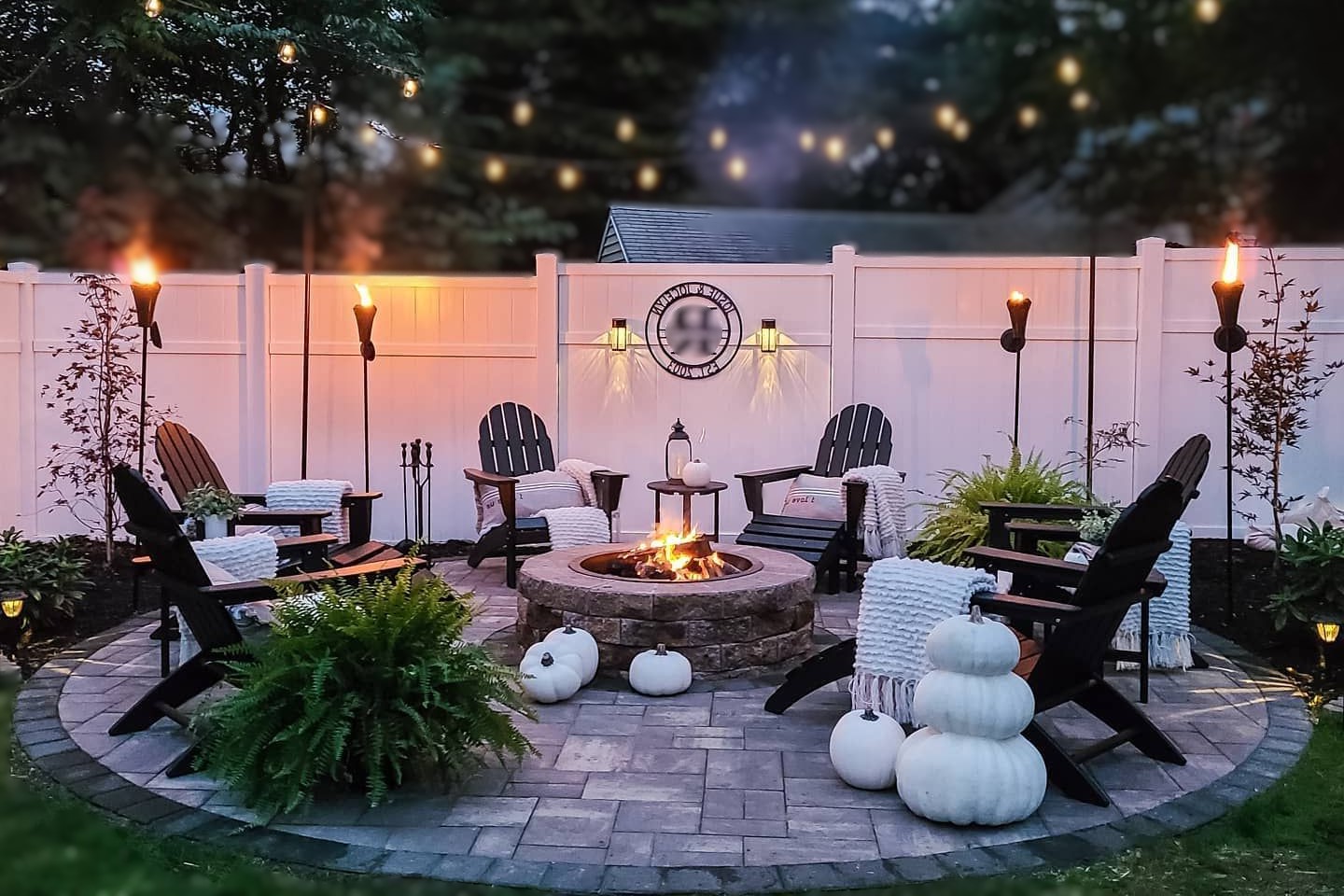
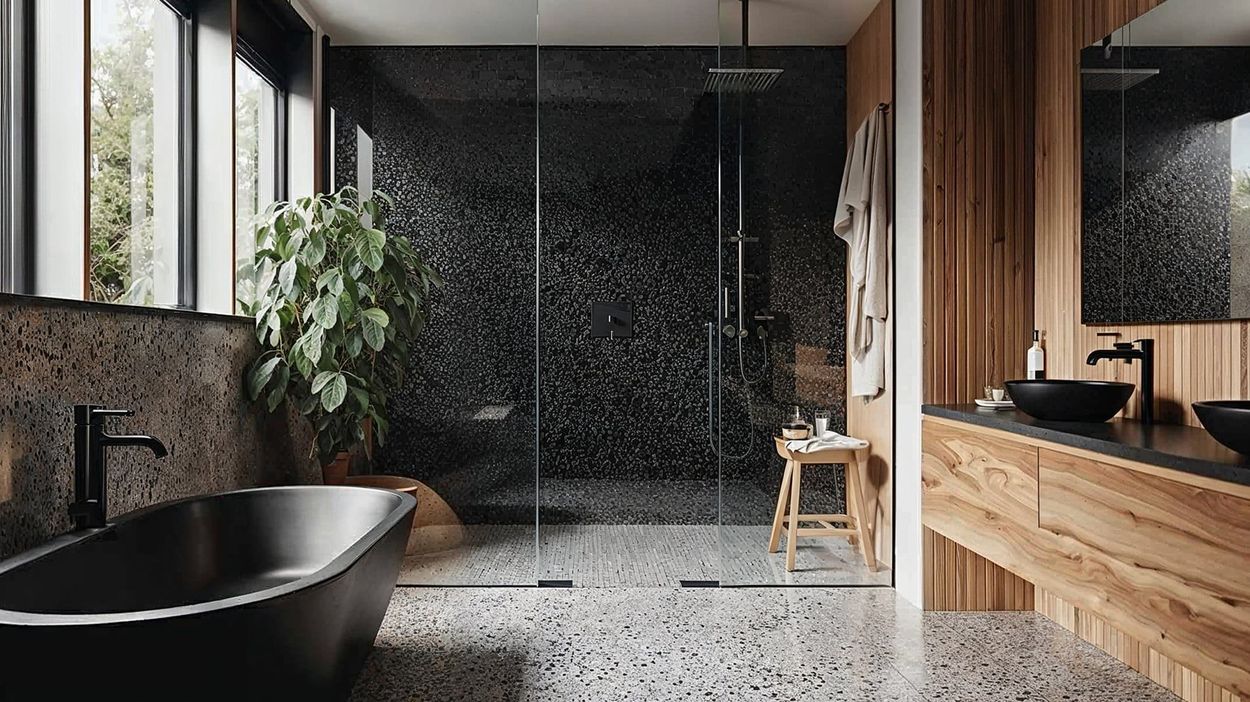
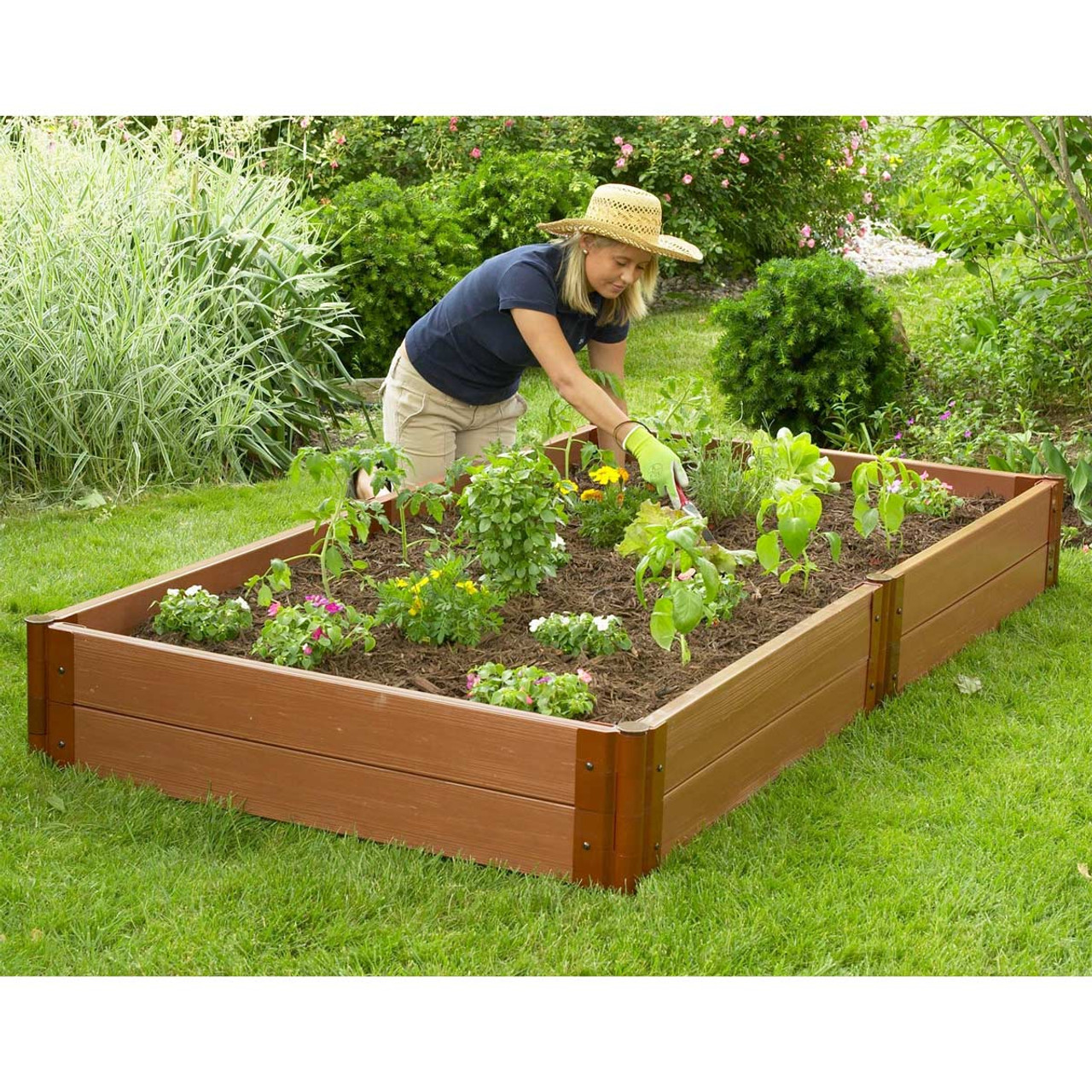

0 thoughts on “Mediterranean Garden Design to Create a Coastal Oasis”